Question
Background: U14 Boys game with CR and 2 ARs. Blue = home & Red = away
Game:
1st Quarter:
Blue team has an excellent goalkeeper (very tall girl). During the game, the Blue goalkeeper taunts the red attackers by leaving the ball in play and motioning for red attackers to kick the ball; then picks up the ball at the last minute. The blue keeper also makes gestures to the red attackers (nothing vulgar). Since the blue keeper did not do this every time, I thought maybe it best to let the kids play. During water break, I recommend/ask the Blue keeper stop messing with the attackers…it can be seen as unsporting behavior.
2nd Quarter:
Blue keeper behavior continues and the red attackers appear to be getting frustrated. I warn the blue keeper. At halftime, I warn the blue keeper again, but I don’t think I every said a card would be coming out.
3rd Quarter:
Nothing memorable happens.
4th Quarter:
I Yellow Card the blue keeper the next time the behavior happens. The Red attackers hi-five each other and laugh out load.
Questions:
Was I correct in issuing a Yellow Card to Blue keeper? If so, should I have done it sooner? Should I have issued a warning or Yellow Card to Red Attackers?
Answer
In any match, the goalkeeper can wait for pressure from an opponent before picking up the ball with the hands. This alone is a normal part of the game. In this match, the goalkeeper on the Blue team is not displaying good sportsmanship. “Motioning for the red attackers to kick the ball” is inviting conflict and “gestures” can have a negative impact on a match even if they are not vulgar. This is taunting, which is a form of unsporting behavior, one of the caution-able offenses. We as AYSO referees have other tools that can be used first. A quick word to the goalkeeper to remind her of good sportsmanship is usually enough to stop the behavior. An early intervention by the referee will keep the match friendly and prevent the other players from responding in their own way. Letting it go is not an option.
In your instance, a direct warning to the goalkeeper to stop the behavior is appropriate. Remember to be professional, keep it short, and do not threaten to caution the next time. If the goalkeeper continues to make poor choices, and the tone of the match is negatively affected, then it is time to caution the player and show them the yellow card. Remember that it is not personal, and the caution is for the good of the game. The other players deserve to have good experience.
Managing the players early on with our voice is an effective tool to keep the match safe, fair, and fun most of the time. Formal misconduct, showing cards, is an option when a player does not respond. Remember, if you have already asked the goalkeeper to stop the action and the behavior continues, that is the time to issue the caution. Don’t repeatedly “ask” the player to stop.
